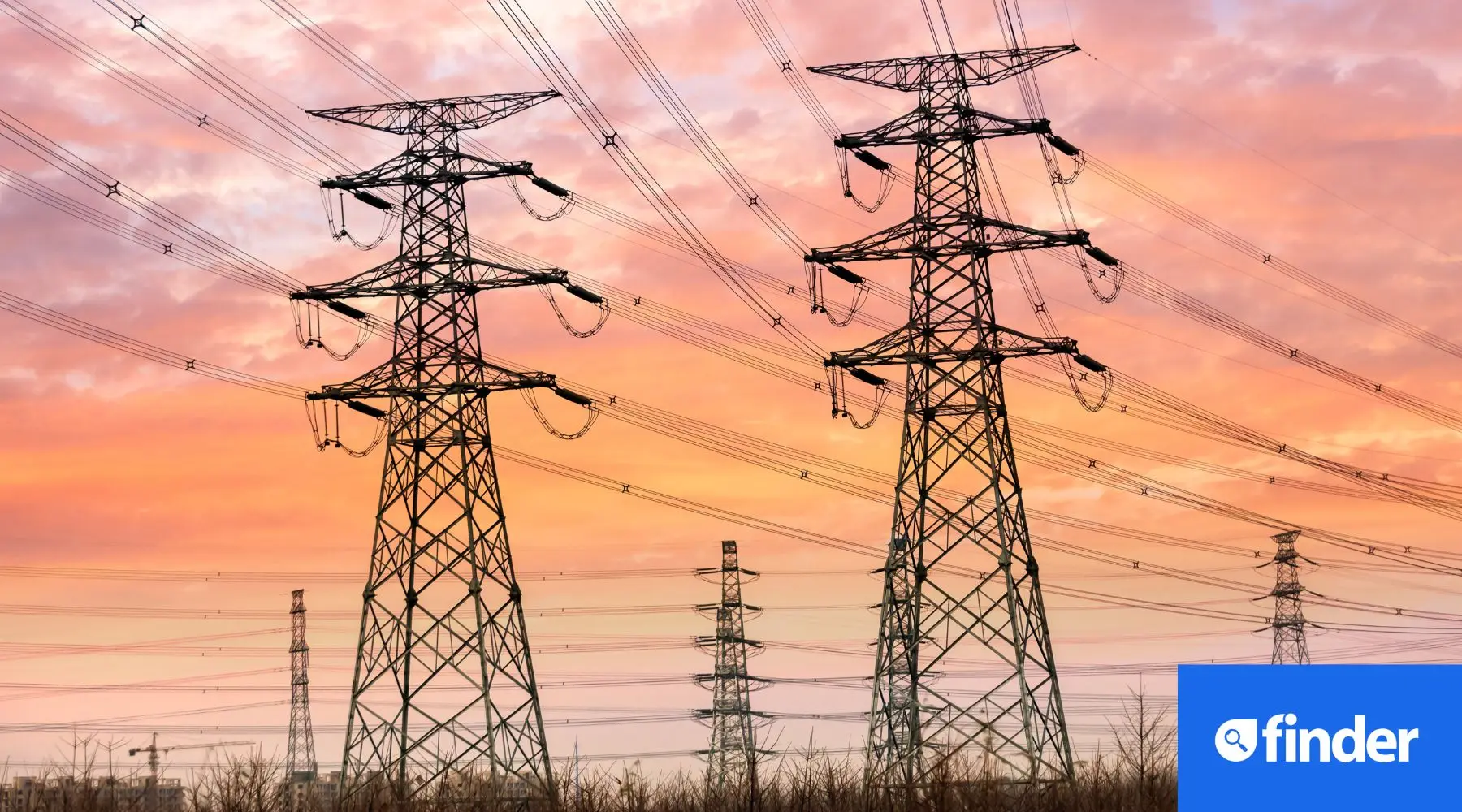Solar drives down energy prices, but will it stop rising bills this winter?

We'll know definitively next month if the new data will sway energy regulators from raising power prices by up to 30% on 1 July.
The Australian Energy Market Operator's (AEMO) latest report shows records for solar generation were set in New South Wales, Victoria and South Australia in the first 3 months of 2023, taking down pressure on wholesale electricity prices.
Before we jump into the data, it's good to remember that wholesale electricity prices make up 30-40% of a customer's energy bill.
They impact states that fall under the National Electricity Market (NEM): NSW, VIC, SA, QLD, the ACT and Tasmania.
Key takeaways from AEMO report
- Wholesale electricity spot prices for January to March were recorded at $83 per megawatt-hour (MWh).
- This is a decline from $93/MWh in the last quarter of 2022 and a major drop from $216/MWh witnessed in September last year.
- However, spot prices are expected to creep up to an average $107/MWh in the next financial year.
- The quarterly average for gas prices dropped to $11.86 per gigajoule, which is lower than the government's price cap of $12/GJ, but higher than the average of $9.93/GJ recorded in the same period last year.
- Gas demand in eastern Australia dropped 9% overall, reaching its lowest March quarter domestic consumption since 2016.
It would appear that the government's decision to cap both coal and gas prices is paying off.
"The plan has delivered a near-halving of electricity future prices which are a big factor on future energy bills," said Energy Minister Chris Bowen
"We know Australian households and businesses are feeling the cost of living crunch, and the government is continuing to act, providing targeted energy bill relief for households and businesses, and driving investment in cleaner, cheaper and more reliable energy in the upcoming budget."
Will this ease energy bills during the peak of winter?
Going by Bowen's statement and our next point, it would appear that the outlook for 'future' energy bills is looking good.
But households may need to brace themselves for a potential hit in the short term.
That's because each year, regulators make an estimation of the expenses incurred by retailers in providing electricity to households and small businesses that fall under the NEM.
A final determination will be made next month as to how much electricity prices will rise by on 1 July.
But as per the draft decision, here's how much of a price increase each state might face:
- NSW: Up to 23.7%
- VIC: Up to 30%
- QLD: Up to 19.8%
- SA: Up to 21.8%
To show how this would actually look like to the everyday Australian, we analysed Finder's average energy bill prices in each state.
| State | Average quarterly bill | Percentage increase | Potential new quarterly bill | Cost difference |
|---|---|---|---|---|
| NSW | $351 | Up to 23.7% | $433 | $82 |
| VIC | $297 | Up to 30% | $386 | $89 |
| QLD | $335 | Up to 19.8% | $401 | $66 |
| SA | $354 | Up to 21.8% | $431 | $77 |
Overall this could further add to the cost of living woes with roughly a $22-$30 increase per month in expenses.
These changes, if finalised, will follow an increase of up to 18.3% in July 2022.
If you've haven't switched plans recently, find out which providers are offering a cheaper energy or gas plan that can save you money.
How to prepare for winter energy bills
Assuming the price hikes of up to 30% go through in July, it'll be more important than ever to make a few changes. These include:
- Shopping around and comparing energy plans to find the best deal available to you. This is advice that state governments continue to give out, especially directed at households that haven't switched providers in over a year. Check out the latest deals from energy providers to unlock savings.
- Sign up to any energy rebates or concessions available to you. Your energy provider can help you out with any options that you may be eligible for. Otherwise, if you live in Victoria, don't forget to take advantage of the $250 Power Saving Bonus.
- DIY your home and reduce your energy consumption habits. This can include by using the clothes dryer less, taking shorter showers, using weatherproof tape, running the dishwasher during off-peak times, and running the heater for fewer hours. Consider your overall winter heating costs to see how you can be more energy efficient.
Want the cheapest electricity or gas plan for your home? Our roundup of cheap energy plans should sort you out.
Sources
Ask a question
